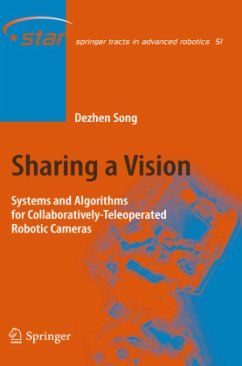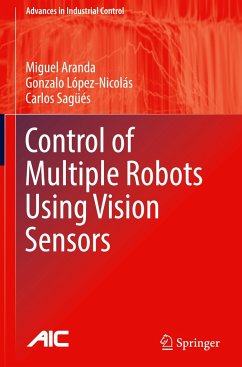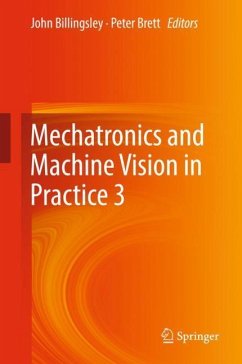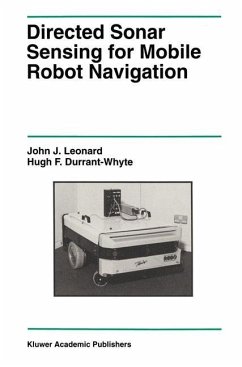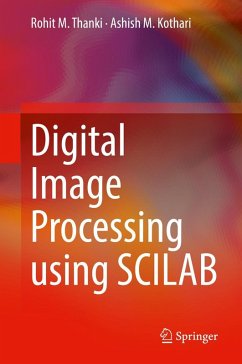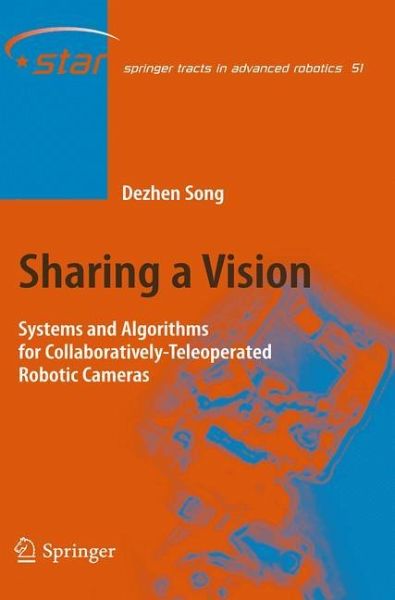
Sharing a Vision
Systems and Algorithms for Collaboratively-Teleoperated Robotic Cameras
Versandkostenfrei!
Versandfertig in 6-10 Tagen
76,99 €
inkl. MwSt.
Weitere Ausgaben:

PAYBACK Punkte
38 °P sammeln!
The monograph written by Dezhen Song is focused on a robotic camera simultaneously controlled by multiple online users via the Internet. A challenging match between the collaboratively tele-operated robotic cameras and the needs from nature environment observation is sought, which greatly extends the domain of online robots in both application and technology development directions, including building construction site monitoring, public space surveillance, and distance education. New solutions are proposed which demonstrate the enormous potential of Internet-based infrastructures for immediate success in the market.
By the dawn of the new millennium, robotics has undergone a major transf- mation in scope and dimensions. This expansion has been brought about by the maturity of the ?eld and the advances in its related technologies. From a largely dominant industrial focus, robotics has been rapidly expanding into the challenges of the human world. The new generation of robots is expected to safely and dependably co-habitat with humans in homes, workplaces, and c- munities, providing support in services, entertainment, education, healthcare, manufacturing, and assistance. Beyond its impact on physical robots, the body of knowledge robotics has produced is revealing a much wider rangeof applications reaching across diverse research areas and scienti?c disciplines, such as: biomechanics, haptics, n- rosciences, virtual simulation, animation, surgery, and sensor networks among others. In return, the challenges of the new emerging areas are proving an ab- dant source of stimulation and insights forthe ?eld of robotics. It is indeed at the intersection of disciplines that the most striking advances happen. The goal of the series of Springer Tracts in Advanced Robotics (STAR) is to bring, in a timely fashion, the latest advances and developments in robotics on thebasisoftheirsigni?canceandquality.Itisourhopethatthewiderdissemi- tion of research developments will stimulate more exchanges and collaborations among the research community and contribute to further advancement of this rapidly growing ?eld.





